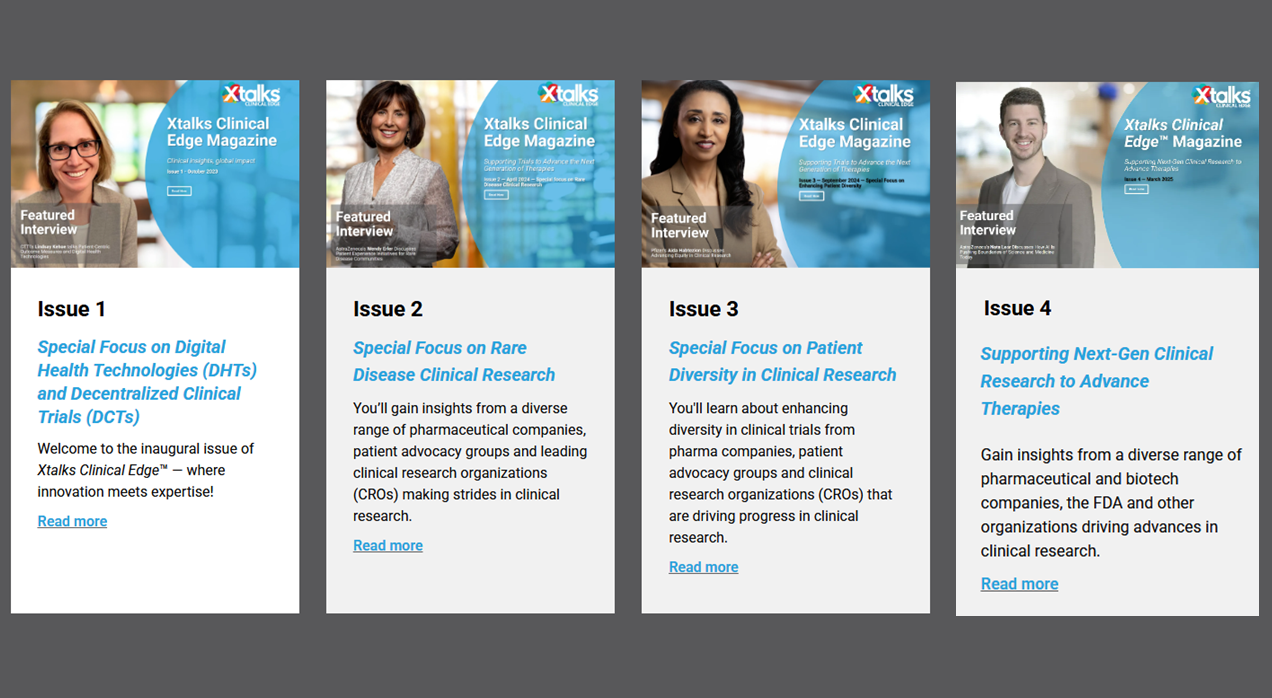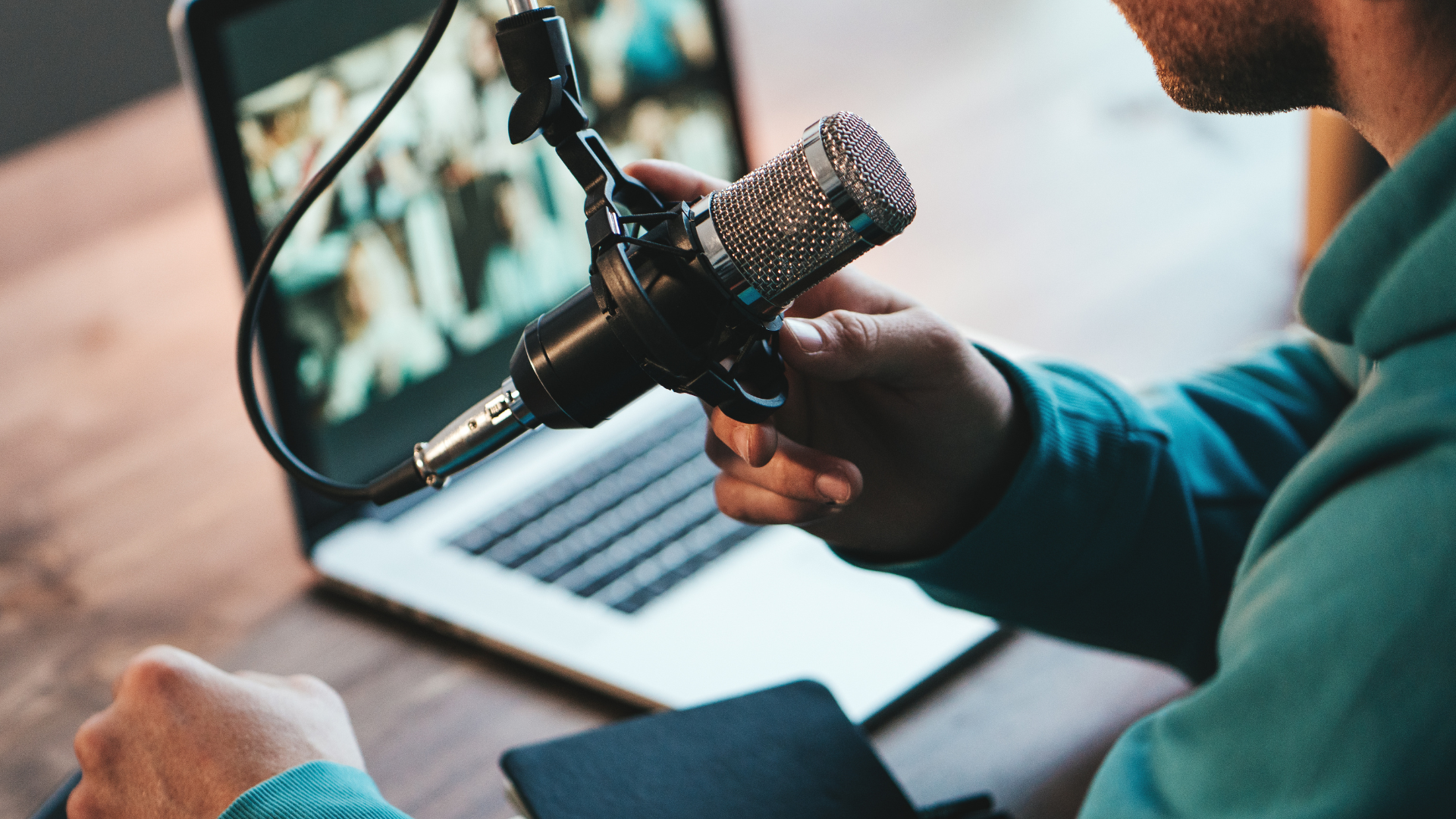You may be a natural when it comes to presentations, while for others, presentations might be a nightmare. If you fall into the category of the latter – don’t sweat it, it isn’t rocket science to create great presentations! Here, we list out scientifically proven tips on how you can captivate your audience and have them walk away with valuable information that leaves a lasting impression on your audience.
1. Connect to your audience with emotion.
Create persuasive presentations with emotional messages. Attendees are able to recall emotionally charged messages easier than regular facts and information – research shows that experiencing emotional responses during a presentation create a lasting impact in our long-term memory.
How would you weave in emotion into your presentations? You definitely need data to support your presented ideas, but ultimately, emotion is necessary to stir action from the audience.
Start by identifying what kind of impact you would like your audience members to leave with at the end of your presentation. Plan your presentation in a way that would elicit the response you want. Your presentation structure, delivery style and tone needs to be planned in advance to help guide your attendees through a memorable experience. Before you start, determine what type of audience you’ll be targeting. You can determine this by mapping your webinar content to stages of the sales cycle. Following those decisions, you may want to read our article on buyer personas to help you determine how you can connect with your audience.
To be persuasive, you’ll need to use at least one, if not all three of the following1:
-
Ethos: Convincing the audience of your trustworthiness and expertise in the subject matter
-
Pathos: Stirring the audience emotions
-
Logos: Provide logical arguments and supporting evidence
Don’t be afraid to connect with your audiences on a personal level. Often, speakers are faced in situations where their audiences are of a different age, job role or financial status, so it is important for you to find an even playing field to remove the obvious divide between speaker and audience.
“People will forget what you said, people will forget what you did, but people will never forget how you made them feel.” – Pulitzer Prize-winning author Maya Angelou
2. Structure your presentation
Structuring your presentation in a meaningful way helps audiences retain what you say.
Research shows that people are able to remember information up to 40% more accurately when it’s presented in a structured way, as opposed to a freeform manner2. At the end of the presentation, audience members may have forgotten specifics, but can remember the general outline.
Here are some examples of structures you can consider using3:
-
Problem-Solution Structure – Go into detail about the severity of the problem and reveal the solution and the benefit for the audience.
-
Classic Story Structure – Use narration to describe the situation by introducing the hero, followed by the crisis and eventually conclude by describing how you resolve the situation.
- Chronological Structure – A variant of the story structure. This is great if you need to refer to historical events.
3. Captivating Your Attendees with Stories
Story telling is wired into our DNA. Anthropologists tell us that storytelling is central to human existence. How will this help in your presentation? The “Cognitive Load Theory” explains that once our brains are saturated with information and reaches capacity, any other information you present simply won’t stick.
Using stories make information much easier to understand and remember. This allows better engagement with attendees – they start to experience the story, rather than simply processing information4.
Consider sharing a story of triumph or struggle – make it personal! This will capture your attendee’s attention more than fact alone can, or ever will.
“Research shows our brains are not hard-wired to understand logic or retain facts for very long. Our brains are wired to understand and retain stories. A story is a journey that moves the listener, and when the listener goes on that journey they feel different and the result is persuasion and sometimes action.”
Jennifer Aaker, marketing professor at Stanford’s Graduate School of Business5.
4. A Picture Is Worth 1000 Words
Apart from heavy data and text, consider using pictures in your presentation. The popular phrase “A picture is worth 1000 words” is indeed, backed up by science. Known as the “Picture Superiority Effect”, it refers to research concluding that we recall information easier when presented in graphics and pictures, rather than having the same information presented in text.
According to a neuroscience research referenced in “Brain Rules”, an experiment conducted revealed that participants who were presented with information orally remembered 10% of the information after 72 hours. Those who were presented with pictures recalled up to 65% of the information6.
Hopefully you are more charged and confident to give your next presentation with these tips! We hope you are able to fully maximize the impact of your next webinar with emotions, stories, structure and graphics. If your company is thinking about running a webinar with Xtalks, contact us, or check out our sponsorship opportunities.
Sources:
- http://www.communicationstraining.ca/blog/persuasive-appeals-do-it-with-feeling.html
- https://www.gsb.stanford.edu/insights/matt-abrahams-tips-techniques-more-confident-compelling-presentations
- http://www.forbes.com/sites/nickmorgan/2011/02/02/243/#2366c24d5ff
- https://www.ethos3.com/2015/02/the-science-of-storytelling-for-presentations-infographicthe-neuroscience-of-storytelling-infographic
- https://www.ethos3.com/2014/10/the-neuroscience-of-storytelling/
- https://elearningindustry.com/6-scientifically-proven-brain-facts-that-elearning-professionals-should-know












Join or login to leave a comment
JOIN LOGIN